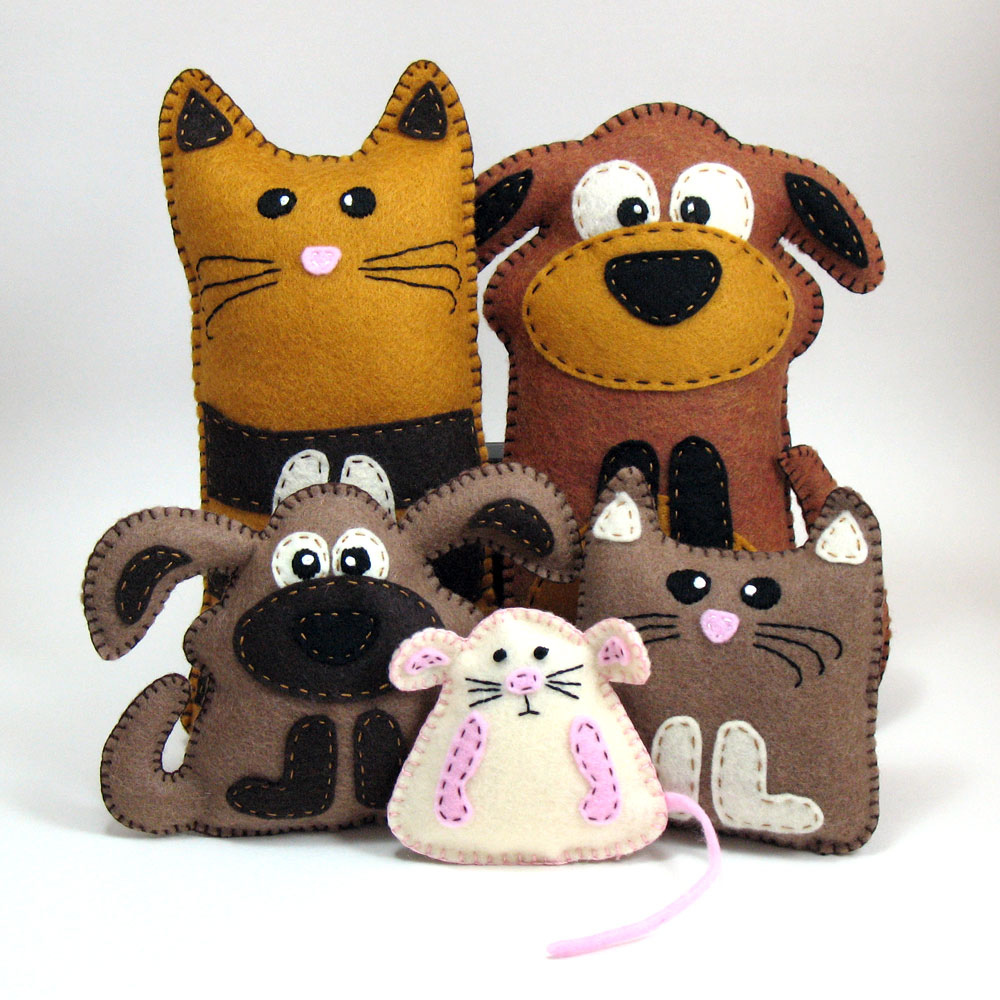You’ve undoubtedly heard about the round after round of recalls that many pet foods experienced back in 2007. What does it mean when a pet product has a recall? Can the company be trusted again?
First, let’s look at it from the viewpoint of the consumer, the person who buys the food. From what I’ve seen, one of three things typically happens:
A. The consumer hears about the recall from friends or from the news or a website. He or she runs home and throws out all the products on hand from that company. And never buys from that company again.
B. Or the person hears about the recall as above. He or she examines whatever packages are on hand and throws out just the affected products.
C. Or the person hears about the recall as above. He or she then says, “Yeah, that’s for cat food. I don’t have a cat. So it’s okay.” Or even, “Yeah. So what.” Or the person never hears about the recall at all.
What would I do? If the company had no prior recall history (and I’ll tell you in a minute how you can know), I might do B. But if the company had any prior recall history, I think I’d do A.
And here’s why:
When a pet food company experiences a recall like those that led to the melamine-related deaths in 2007, it means that the company is not in good control of its ingredient sources. It’s true that no one in the US had any reason to suspect melamine in their dog or cat food. No pet food companies had any reason to test for such a substance, as it had never been known to be there before.
So I don’t fault the companies so much for the first occurrence or two. “So much” is important there. I’ll get back to that.
Here’s what a responsible pet food company should do:
1. Know all its suppliers, their ingredients, and their sources.
2. Keep an incident log and keep a sample bag from each batch and each production facility.
3. If a single complaint is registered, the on-staff veterinarian or nutritionist should immediately fill out the incident log and gather all pertinent information directly from the consumer. “What symptoms?” “How long?” “How severe?” “Any other possible factors?” and so on.
4. If the complaint is serious enough, scientific testing of the sample should begin at once. Of course, this is most effective if the company has a record of which batch/which bag the consumer was using. Many (but not all) pet food companies have no way to know, as the food was sold in a store, and the consumer has thrown away the bag.
5. If there is a second serious complaint, the company should immediately stop selling all food from that batch and launch a major investigation. That’s right, after just the second complaint. Not hundreds or thousands of complaints later.
So yes, I’ll agree that no pet food company had any reason to suspect melamine poisoning before this occurred. However, and that’s a big however, they had no business acquiring ingredients from China in the first place! They had no business acquiring ingredients that wouldn’t be subject to US inspection. They had no business dealing with an ingredient supplier who would deliver such ingredients to them.
And here’s what worse: Let’s look at exactly which ingredient it was. Was it supposed to be a high-quality meat source or some other essential ingredient?
No. Not at all. It was an ingredient that had no business being in dog or cat food to start with! It was wheat gluten. Wheat gluten is one of those cheap ingredients that is used in pet food to artificially boost the protein content reported on the bag. Yes, wheat gluten contains protein, but dogs and cats can barely digest it. Even as a carbohydrate, it is a very poor choice because it has a high glycemic index, which means that it converts easily to sugar. Dogs and cats need energy from good-quality carbs, but they don’t need sugar from low-quality ones.
So what do I think about these supposedly well-intentioned pet food companies who experienced melamine-related recalls?
I think that their actions both before and after the pet deaths indicate a lack of interest in dog and cat health. I think they knowingly used a substandard ingredient, even if they didn’t know it was contaminated. So no, I would never trust them again. Never.
Now, as for how you can see whether your brand of dog or cat food has ever been recalled, use this link: [1]. On that page, scroll down to the Search box below “Browse by Pet Food Brand Or By Search.” In that box, enter a brand or product name.
And how do you find a company that keeps exactly the type of incident log I described, and always has? A company that has never had a recall? A company that has a record of every bag sold to every person? A company that carefully oversees its suppliers and their ingredients?
You find a company like the one that my husband Virgil and I represent. To do that, please go to this link: [2]. Then email me at [email protected] if I can answer any questions for you.
One more point: Will there be future recalls in pet foods? Absolutely. Could the company we represent be involved? Certainly. Accidents can happen in the best companies. But Virgil and I know that our company would be responsible, responsive, honest, and immediately active in the event of any serious complaints. Not one of the companies involved in the 2007 recalls can make that claim. Not one.


